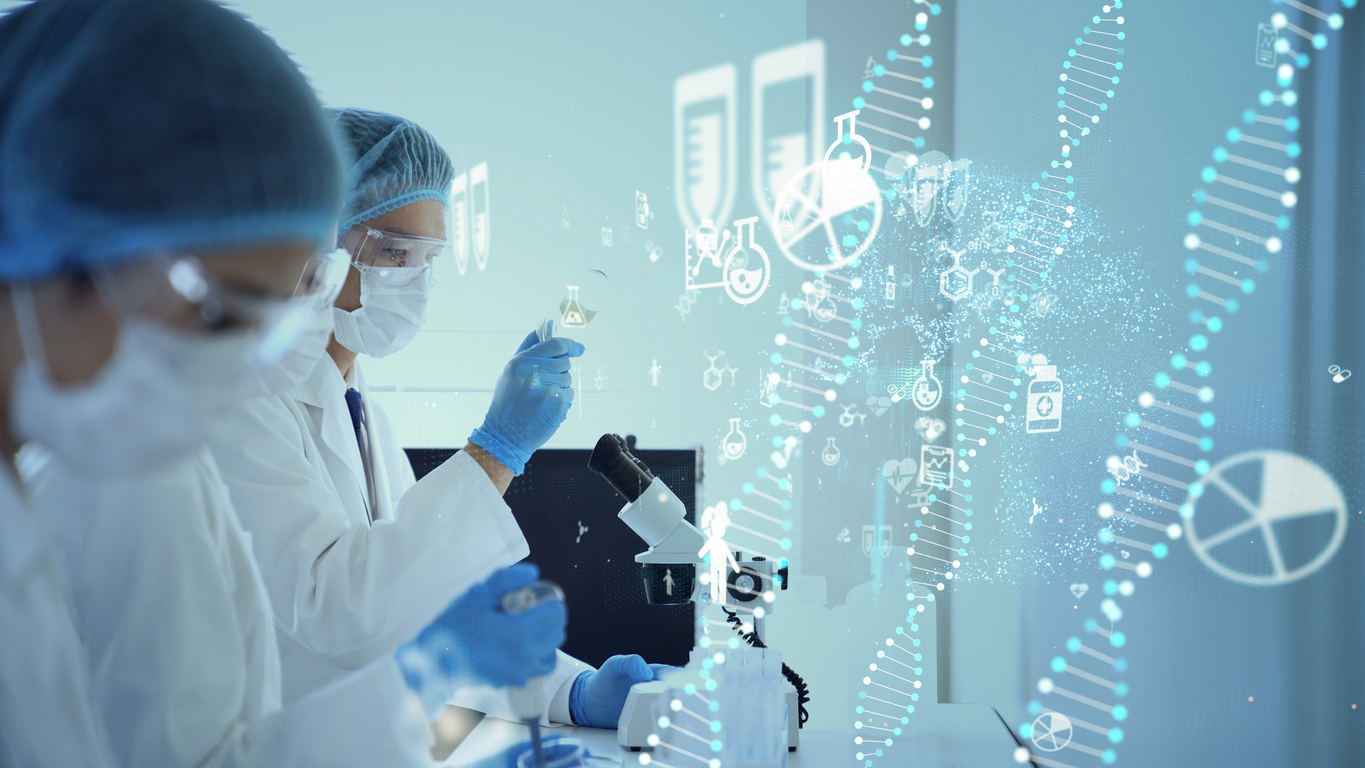If you’ve heard anything about artificial intelligence (AI) recently, it has most likely concerned its impact on the artistic community (a particularly difficult subject when it comes to discussing what appropriate limitations should be for AI). While the concerns are legitimate and the threat of unrestrained AI is real, it is important to remember that there is a lot of room for AI to legitimately develop and thrive. These developments don’t necessarily replace humans. Instead, they range from helping police find serial killers to using autonomous drones for warfare. As such, they are useful in augmenting human jobs or taking on dangerous tasks that might otherwise pose a risk to life.
I’ve mentioned the dangers of unregulated AI in the past, but I’d now like to turn my focus to the ways AI can be used to appropriately improve certain fields. Particularly, forensic science and criminal investigation. In the past and still to this day, forensics is not a perfect science, especially when used in conjunction with the criminal justice system. But AI is appropriately being applied to forensics to assist detectives in apprehending the correct suspects.
According to the National Institute of Justice, there are four areas where AI is particularly helpful to police: “public safety video and image analysis, DNA analysis, gunshot detection, and crime forecasting.”
The categories listed above all involve doing work that AI is particularly good at, such as database analysis and pattern recognition. When trying to identify evidence such as a DNA profile, fingerprint, or public safety video/image, the process involves comparing the found sample to known samples in hopes of finding a match. Not only is this incredibly time-consuming if done by a human, it is also more subject to human error that AI can help reduce. Indeed, some techniques, such as ballistic fingerprinting, were unreliable until recent developments of AI and other technologies improved results. The comparison of two ballistic samples used to be entirely reliant on subjective expert opinion. Now, using 3D scans and AI analysis, there is a much more empirical way to link bullets found at a crime scene to specific firearms. Fingerprint matching has undergone similar improvements.
Along the same lines, AI can be used to recognize patterns in criminal activity. This can both help police understand and define current risks, as well as predict where and when criminal activity might spike. Conventional crime forecasting, however, is a very tricky concept that comes with much valid criticism. While predictive algorithms embedded in AI need to be used with careful and controlled consideration, they have been shown to be successful in their endgame. In the summer of 2022, for example, researchers at the University of Chicago created an AI model that used historical crime data to predict crime levels for the next week with a purported 90% accuracy. While there was an attempt to reduce bias in the model by only predicting potential sites and timeframes of crimes, not suspects, there are still many worries around this algorithm. For instance, one journalist brings up the important question of how this model should be used appropriately by police. After all, sending more police to an area targeted by the AI algorithms would likely result in an increase in nonviolent arrests, which can skew future predictions. In addition, while some work was done to mitigate bias in the algorithm itself, the data used has its own bias due to systemic issues with policing. Crime forecasting is still a burgeoning field, but it’s important to consider how it may end up doing more harm than good.
For now, it appears that the best use of AI in forensics is for analyzing large databases and finding potential evidence matches, which can then be examined more closely by humans. It is supportive of the work already being done and offers improvements rather than replacements. And, perhaps most importantly, as we move into an era where people begin to trust AI more, it is best to tread slowly. Data isn’t helpful until it is interpreted—which is something that will require a human touch for the foreseeable future.
